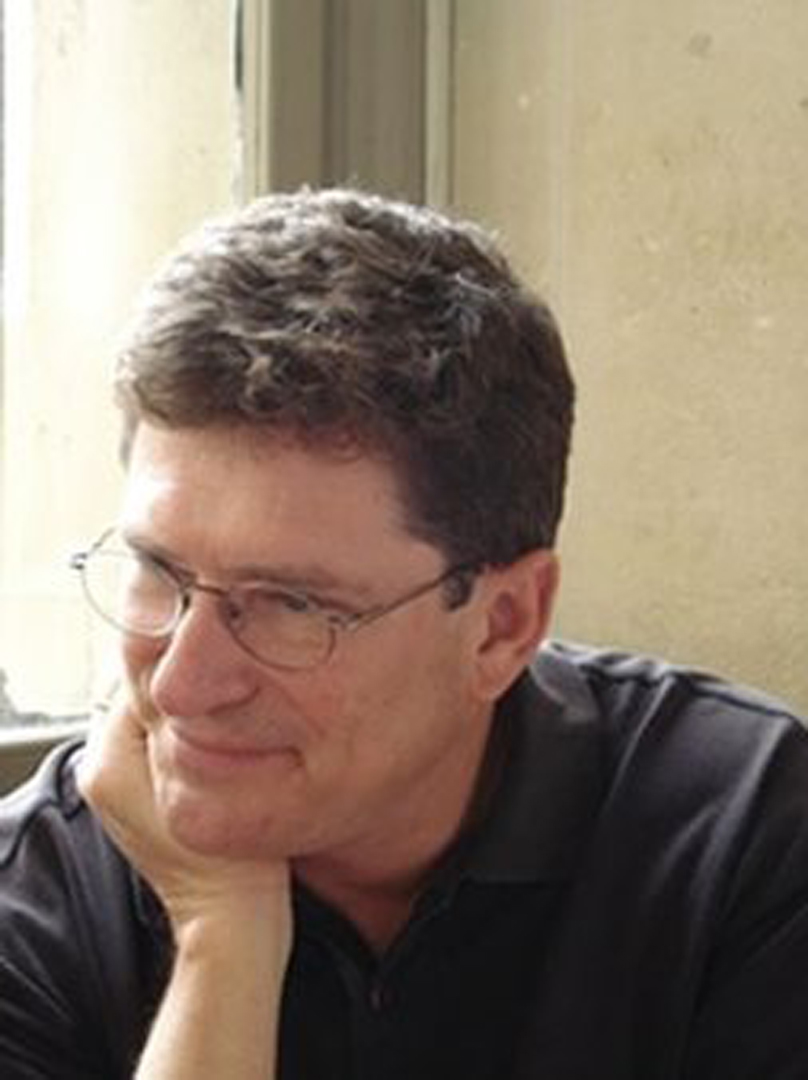“Music for Clarinet and IMW” by Cort Lippe
Title:
- Music for Clarinet and IMW
Artist(s) and People Involved:
Exhibiting Artist(s):
Symposium:
- FISEA'93: Fourth International Symposium on Electronic Art
-
More artworks from FISEA'93:


Artist Statement:
Music for Clarinet and IMW (IRCAM Musical Workstation) (1993), by Cort Lippe, is a work for clarinet and real-time digital signal processing computer. The computer tracks expressive musical parameters of the clarinet player, including amplitude, pitch, and articulation, and uses this information for continuous control of the digital signal processing. Thus, the performer has an intimate level of musical control over the electronic part. In addition, the musical and sound material for the instrumental and electronic parts are one and the same since all of the electronic sounds originate from the composed clarinet part which is recorded and transformed by the computer in real time during the piece.
Real-time signal analysis of instruments for the extraction of musical parameters gives composers useful information about what an instrumentalist is doing. High-level event detection combining the analyses of frequency, amplitude, and spectral domains can provide rich control signals that reflect subtle changes found in the input signal. This real-time audio signal analysis of acoustic instruments, for the extraction of continuous control signals that carry musically expressive information, can be used to drive signal processing and sound generating modules, and can ultimately provide an instrumentalist with a high degree of expressive control over an electronic score. In addition, compositional algorithms, which also control the signal processin, can themselves be controlled by every aspect of performer input.
The dynamic relationship between performer and musical material, as expressed in the musical
interpretation, can become an important aspect of the man/machine interface for the composer and performer, as well as for the listener, in an environment where musical expression is used to control an electronic score, The richness of compositional infornation useful to the composer is obvious in this domain, but other important aspects exist: compositions can be fine-tuned to individual performing characteristics of different musicians, intimacy between performer and machine can become a factor, and performers can readily sense consequences of their performance and their musical interpretation.
John Anderson, clarinet
Cort Lippe, signal processing






